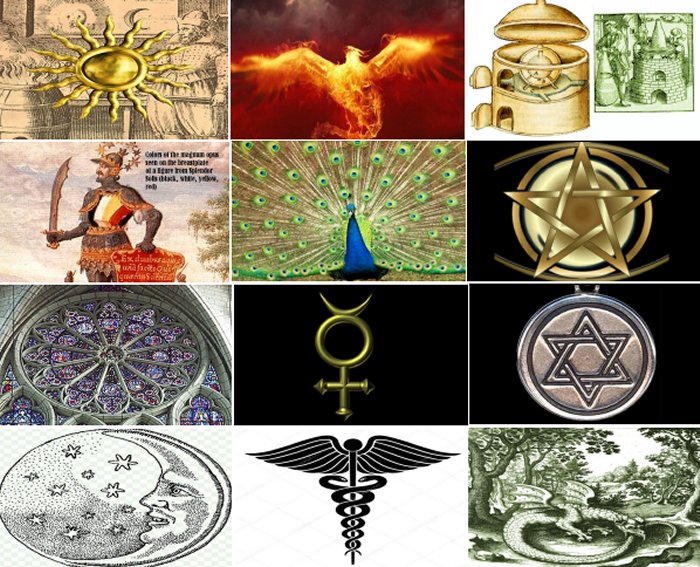

In fact, the four colors of the Magnum Opus-black, white, yellow, and red-appear very often in Alchemic texts.Īs one final fun fact, fans of the Fullmetal Alchemist series may have noticed that these four colors are all present in Edward Elric’s character design: black shirt, white gloves, yellow hair, and red cloak. The color red represents completion in Alchemy, which is why the philosopher’s stone is so often depicted as red. Thus both physically and symbolically, turning “silver to gold” involves awakening from a mere reflection of power to a source of power.įinally there is Rubedo, or “Reddening.” As the final step, it involves the crystallization of the power awakened in Citrinitas, and symbolically represents the purified and awakened spirit reaching its highest, purest form.

The moon is the brightest object in the night sky, but its light is only a pale reflection of the sun. If we step into the realm of my own theories for a bit, I think this has less to do with literal silver and gold and moreso with the sun and the moon (which are associated with those 2 metals). Physically it means the transmutation from silver to gold, which astute readers will find odd since one needs a philosopher’s stone to change silver to gold, and this tells us one needs to change silver to gold to make a philosopher’s stone. Thirdly is Citrinitas, or “Yellowness.” This step is the most unclear (and probably why some later Alchemists merge it with the last step). Symbolically, this represents the broken down spirit being washed clean of vices, becoming ready to grow and learn. Second is Albedo, or “Whitening.” It involves purifying the broken down Prima Materia, washing away impurities and leaving it in a state that can be built upon. The idea is that one needs to be brought low before they are ready to be built back up to even greater heights. Symbolically this represents the breaking of the human spirit, undergoing great hardship and misery. Once you have that, the first step is called Nigredo, or “Blackening.” Physically, it involves putrefaction, decay, decomposing and breaking the Prima Materia down. But more than that, the Tria Prima also has a spiritual aspect.įirst up, the Magnum Opus requires an alchemist to have something called Prima Materia, or “First Matter,” which they believed to be the original form of matter that everything in the universe is a variation of. In a sense this can be thought of as an evolution of the four elements, transitioning toward the modern idea of elements (in fact, sulphur and mercury are still on the periodic table). It was thought that everything was made of these three: solid, permanent things were made of salt fluid and changeable things were made of mercury and combustible things were made of sulphur. The Tria Prima (latin for “Three Primes”) is a group of three materials which occupy a position of prominence in alchemy: Salt, Sulphur, and Mercury. But the 16th Century Swiss alchemist Paracelsus had a different theory: the Tria Prima One of the more popular and well-known ones was the theory of four elements, and indeed those did play a role in Alchemy. But since the ancients didn’t have the technology to detect such things, they had many different theories.


What is everything made of? Nowadays science tells us the answer is fundamental particles-quarks, photons, possibly even strings.


 0 kommentar(er)
0 kommentar(er)
